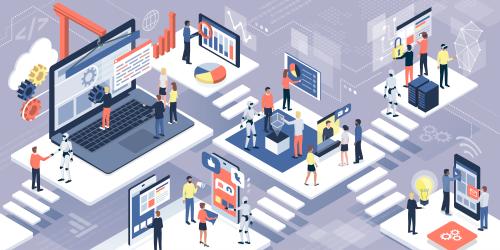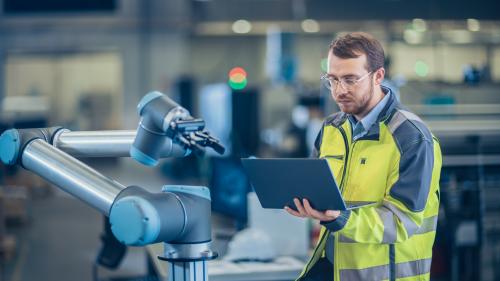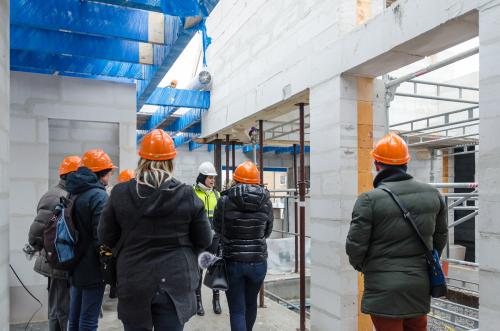This paper was prepared for the December 12, 2019, conference on “Automation, Labor Market Institutions, and the Middle Class” for the Brookings Institution, Future of the Middle Class Initiative.
Introduction:
Advancing technologies are increasingly able to fully or partially automate job tasks. These technologies range from robotics to machine learning and other forms of artificial intelligence, and are being adopted across many sectors of the economy. Applications range from selecting job applicants for interviewing, picking orders in a warehouse, interpreting X-rays to diagnose disease, and automated customer service. These developments have raised concern that workers are being displaced by advancing automation technology. Indeed, over 18 recent studies predict job losses from new automation technologies, including some predictions of massive job losses (Winick 2018). A large literature on worker displacement [1] suggests that the effects of such developments could be dire: individual workers subject to plant closings and mass layoffs experience reduced employment probabilities and wage reductions, leading to long-term earnings losses, as well as reductions in consumption and worse health outcomes. Concerns about these effects of automation have led some commentators to call for policies to directly combat mass unemployment, such as a Universal Basic Income.[2]
But is this right? At a time when many firms are investing in automation, the unemployment rate is at historic lows. Low unemployment might seem hard to reconcile with apocalyptic predictions about mass unemployment. This paper reviews the evidence from recent studies and reports on a new paper we have written, “Automatic Reaction: What happens to workers at firms that automate” (Bessen et al. 2019). This paper is the first to take a look at what actually happens to those workers. We build on some of the findings in order to draw the implications for policy.
The evidence suggests that the apocalyptic predictions may have it wrong, at least for the next several decades. But that does not mean that automation is not highly disruptive. The challenge of automation in the near future may not be mass unemployment, but, instead, a greater level of worker transitions. Workers need to switch jobs, often learning new skills, changing occupations and industries, and moving to new locations. These transitions often involve temporary unemployment spells and a loss of income. Automation thus places a burden on workers even if, in the end, they do not permanently lose employment. Moreover, inefficient transitions can slow the productivity-enhancing promise of new technology.
Our analysis suggests that automation does indeed pose significant challenges for policymakers. But it is critical to respond to the real challenge, the challenge that workers are actually experiencing. This review of the evidence may be helpful toward that end.
The Brookings Institution is committed to quality, independence, and impact.
We are supported by a diverse array of funders. In line with our values and policies, each Brookings publication represents the sole views of its author(s).










